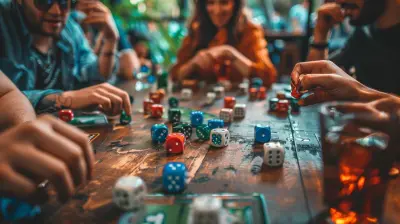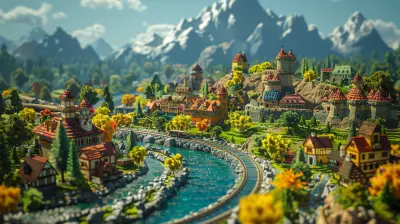Environmental Storytelling: Using Visual Cues to Build Game World Lore
30 June 2025
When was the last time you walked through a video game world and felt like its story was whispering in your ear without a single word being spoken? Maybe you noticed broken swords scattered across a battlefield or a teddy bear left forlornly on a dusty bed in an abandoned house. That, my friend, is the magic of environmental storytelling—a technique where developers use visual cues to breathe life into their game worlds. It’s subtle but powerful, and when done right, it can immerse you deeper than any cutscene or exposition-heavy dialogue ever could.
In this article, we’re diving into what environmental storytelling is, how it works, and why it’s become such an essential tool for building game lore. So, grab your health potion, settle in, and let’s unravel this fascinating narrative strategy.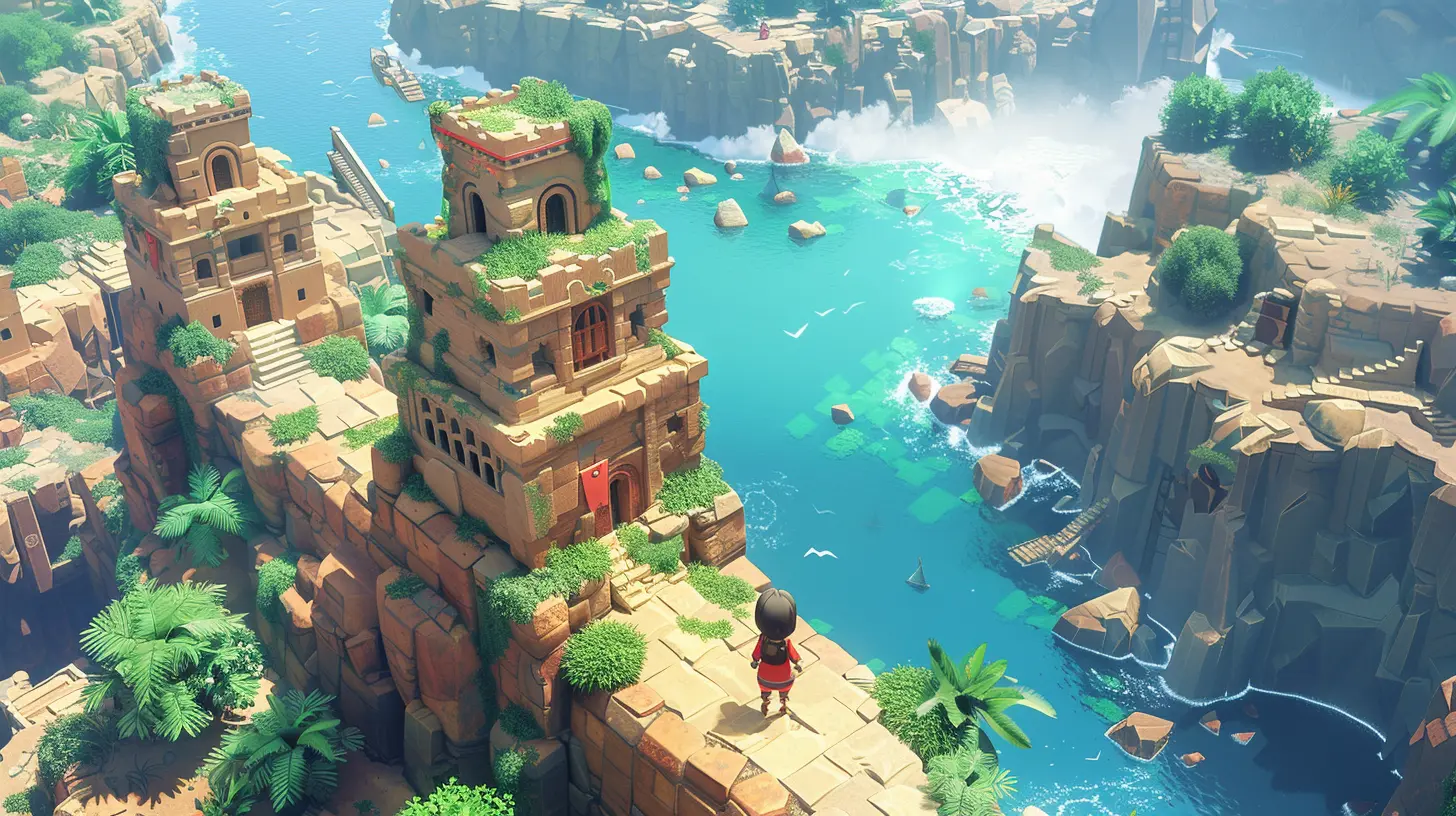
What Is Environmental Storytelling?
Alright, let’s start with the basics. Environmental storytelling is the art of using a game’s environment—its landscapes, objects, and spatial arrangements—to convey narrative elements. These are moments where the world itself becomes a silent storyteller, weaving background lore, history, and character depth without ever spelling it out for you.Think about it like this: if a traditional story is a book you read line by line, environmental storytelling is like stumbling into someone’s messy room. You don’t need them to tell you they’re a slob; their unwashed dishes and piles of laundry do the talking.
Video games, being interactive by nature, are the perfect playground for this kind of storytelling. Players don’t just observe these details—they explore and piece them together, creating a more personal and engaging narrative experience.
Why Environmental Storytelling Works Like Magic
So, why do gamers (and developers) adore this approach? Why not just dump all the lore into an NPC monologue or a loading screen? Let’s break it down:1. It Respects the Player’s Intelligence
Nobody likes being spoon-fed. Environmental storytelling gives players the freedom to discover bits of the story on their own terms. Let’s be honest—solving these little mysteries on your own is way more satisfying than listening to a speech from some random quest-giver.Games like Dark Souls and Elden Ring excel at this by dropping cryptic clues in everything from item descriptions to enemy placements. You’re left piecing together a rich, sprawling lore tapestry from fragments, like a detective reconstructing a crime scene.
2. It Makes Worlds Feel Alive
A well-executed environment can transform a static game world into one that feels lived-in and realistic. When you stumble upon a ruined castle, littered with battle scars, you don’t just see bricks and mortar—you see echoes of the lives and stories that unfolded there.Take The Last of Us, for example. The way overgrown vegetation wraps around abandoned cities tells you everything you need to know about the passage of time and the collapse of civilization. It’s haunting and beautiful at the same time.
3. It Engages Emotionally
We’re wired to respond to stories, especially when we discover them ourselves. Ever feel a pang of sadness when you walk through a family home in a post-apocalyptic game and see photos still hanging on the wall? That’s environmental storytelling hitting you right in the feels.By showing—and not telling—these moments, developers let you feel the weight of what’s happened instead of just hearing about it. The player becomes an active participant in uncovering the narrative rather than a passive observer.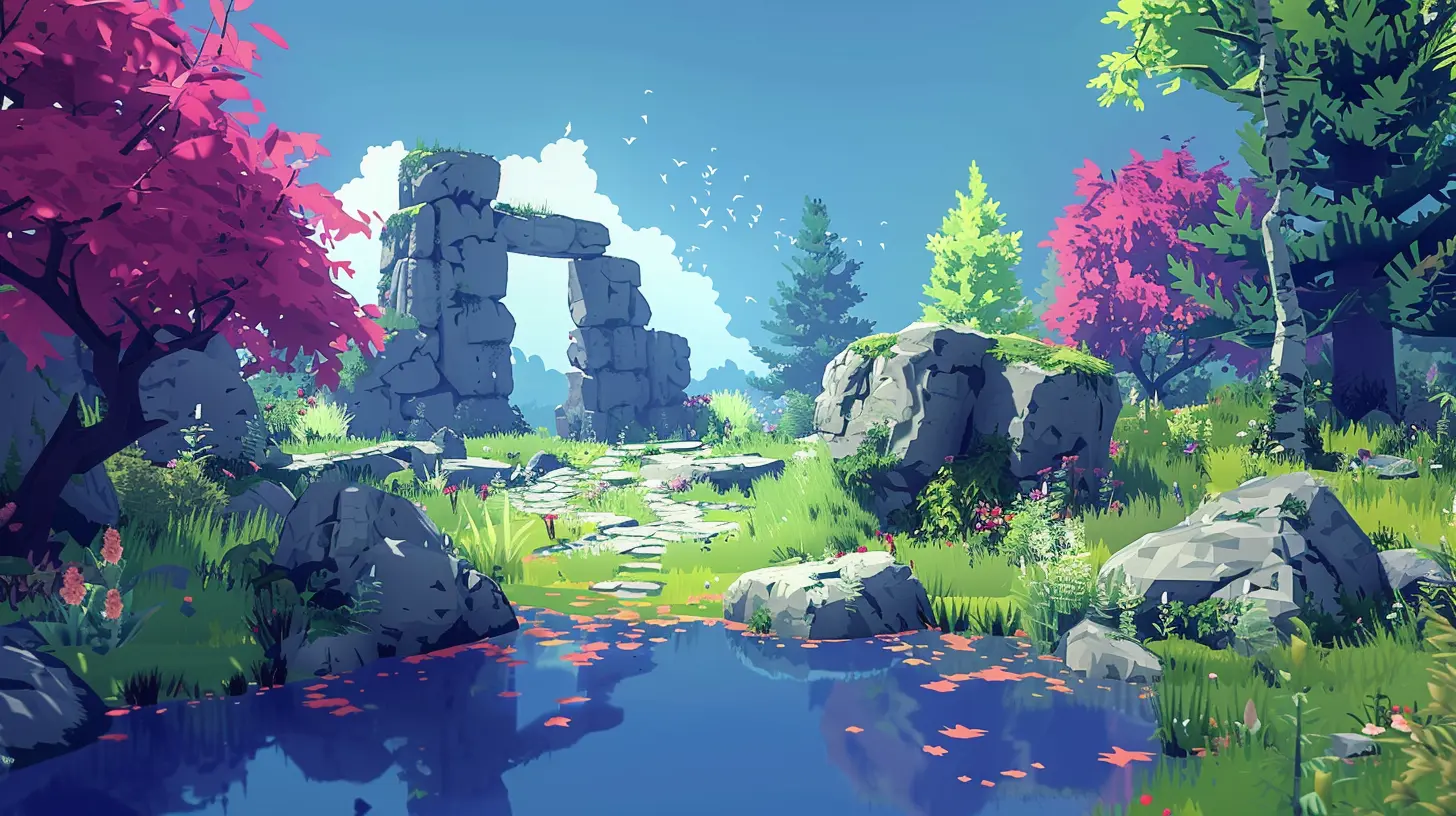
Techniques of Environmental Storytelling
Now let’s dig into the nuts and bolts. How exactly do game developers craft compelling environmental storytelling? Here are some common techniques:1. Clutter and Props
Small objects littered across the game world can reveal a ton of backstory. A bloodied dagger on a banquet table? Probably a betrayal. An untouched meal next to a knocked-over chair? Someone left in a hurry. Props are like breadcrumbs leading players to the heart of the story.In BioShock, for example, the eerie placement of audio diaries, blood stains, and propaganda posters paints a vivid picture of Rapture’s decline.
2. Architecture and Layout
The very structure of a game’s world can tell a story. Towering, crumbling gothic castles speak of past grandeur, while labyrinthine underground bunkers hint at paranoia or secrecy.In Hollow Knight, every area you explore has a unique architectural vibe that reflects the lore of the civilization that once thrived there. The world feels cohesive, yet layered with mystery.
3. Lighting and Atmosphere
Ever notice how lighting can totally change the mood of a scene? Soft, warm lighting might suggest a place of safety or nostalgia. On the flip side, flickering lights and deep shadows scream danger.Horror games, like Dead Space, use lighting masterfully to build tension. Every dimly lit corridor feels like it has a story to tell—even if that story ends with an alien ambush.
4. Environmental Damage
Scorched earth, shattered windows, and collapsed buildings scream conflict, don’t they? Games use environmental damage to hint at past battles or natural disasters.In Fallout 4, the crumbling remains of pre-war America tell a story of nuclear devastation without ever explicitly explaining it. You can feel the loss and desperation just by walking through it.
5. NPC Placement and Behavior
Sometimes it’s not the objects, but the people (or creatures) that inhabit a space who tell the story. An NPC staring wistfully at a grave? That’s backstory without a single line of dialogue.In Red Dead Redemption 2, every NPC feels like they’ve lived a full life off-screen. You can often catch them going about their routines, which subtly hints at the larger world and its dynamics.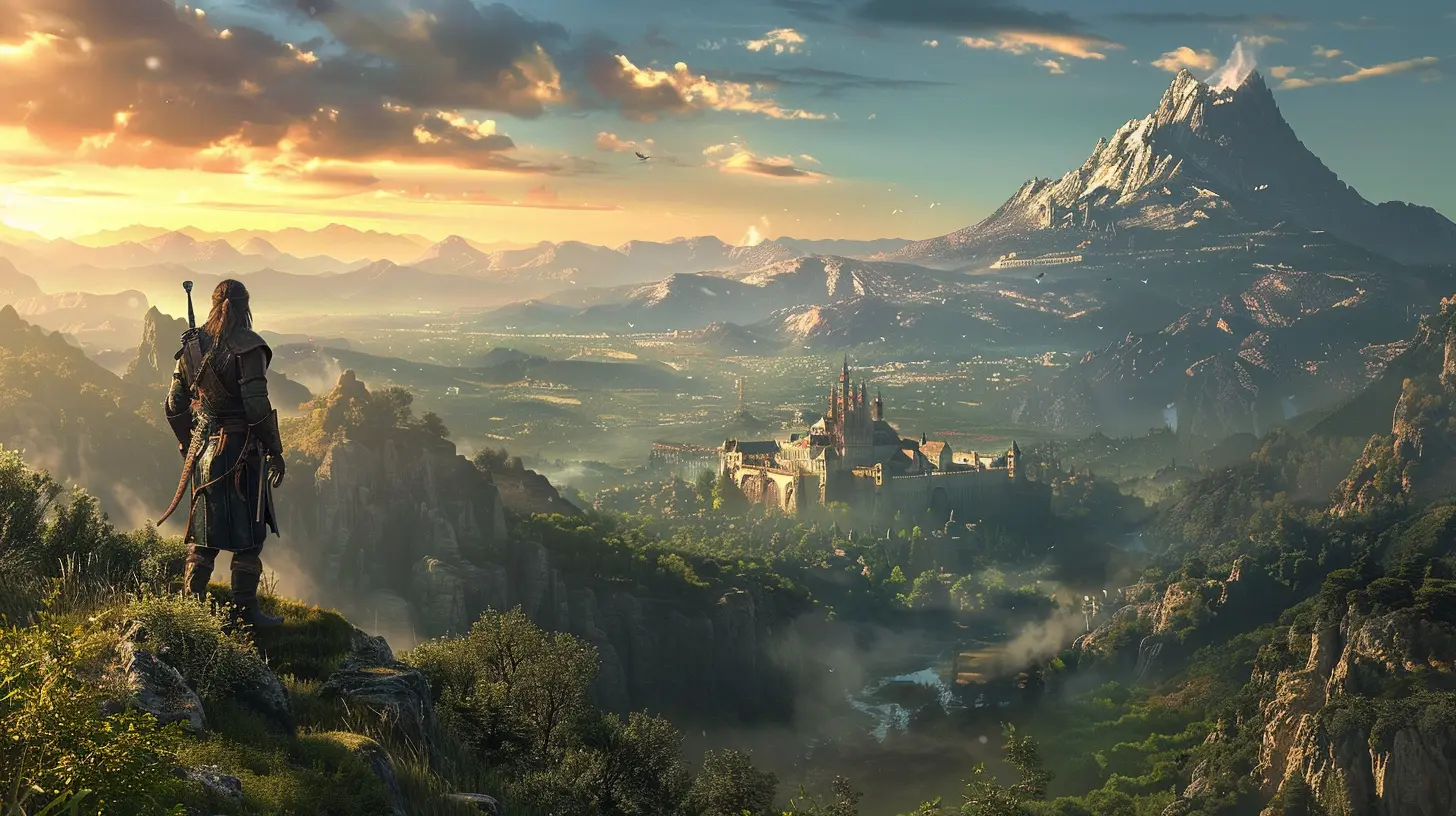
The Role of Players in Environmental Storytelling
Here’s the cool part: environmental storytelling isn’t passive. Players are active participants in uncovering the story. It’s like being a treasure hunter, piecing together fragments of lore scattered across the world.Games like The Elder Scrolls V: Skyrim are a goldmine for this. Sure, you can just rush through the main questline, but if you take the time to explore caves, read journals, and poke around in random houses, you’ll uncover layers of storytelling you’d otherwise miss.
This approach rewards curiosity and exploration. It gives players the freedom to engage with as much (or as little) of the story as they want. It’s like giving someone an open buffet instead of forcing them to eat a set menu. Who doesn’t love options, right?
Notable Examples of Environmental Storytelling
Let’s take a moment to appreciate some games that have absolutely nailed this technique:1. Dark Souls Series
From the placement of enemies to the design of its hauntingly desolate locations, Dark Souls tells its story in whispers. It’s not about what’s said, but what’s left unsaid. Every inch of Lordran is steeped in mystery, waiting for players to uncover its secrets.2. Portal 2
Who would’ve thought a puzzle game could tell such a deep story through its environment? The crumbling test chambers and Aperture Science offices are filled with details that hint at the corporation’s shady history. And don’t even get me started on the hidden Ratman dens—they’re pure environmental storytelling gold.3. Gone Home
This indie gem is practically a masterclass in environmental storytelling. The entire game revolves around exploring a house and piecing together a family’s story through notes, photographs, and objects scattered around. No combat, no flashy cutscenes—just pure narrative discovery.Tips for Aspiring Game Developers
If you’re a developer (or just a curious gamer looking to understand the craft), here’s how you can use environmental storytelling effectively:1. Start with a Story: It’s tough to tell a story if you don’t have one to begin with. Figure out the history, lore, and events of your game world first.
2. Think About Player Interaction: Ask yourself, “How will players discover this detail?” Make sure the storytelling feels organic and rewarding.
3. Less Is More: Don’t overwhelm your environment with too much detail. Sometimes, a single object can speak volumes.
4. Iterate and Play-Test: Watch how players interact with your world. Are they noticing the clues you’ve left behind? If not, tweak and refine.
Why Environmental Storytelling Is the Future
In an age where players crave more immersive and meaningful experiences, environmental storytelling is only going to grow in importance. It’s a way for developers to craft rich, layered worlds without resorting to info dumps or lengthy cutscenes.Plus, it’s the ultimate power move—it lets players feel smart and engaged while discovering the story at their own pace. And honestly, isn’t that what great games are all about?
all images in this post were generated using AI tools
Category:
World BuildingAuthor:

Greyson McVeigh
Discussion
rate this article
1 comments
Mae Bellamy
Great insights! Visual cues enhance immersion and narrative depth.
July 15, 2025 at 4:27 AM

Greyson McVeigh
Thank you! I'm glad you found the insights valuable. Visual cues truly play a vital role in enriching immersion and deepening the narrative.
